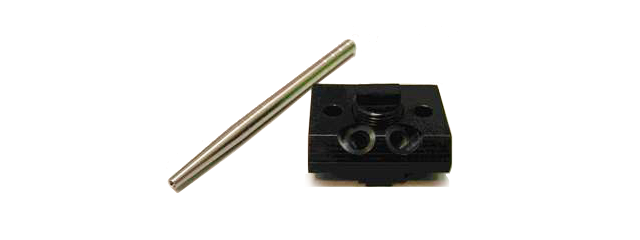Microscope Flow Cell – combine SPR with fluorescence microscopy
The microscope flow cell facilitates experiments combining SPR with imaging fluorophor labelled molecules on the sensor surface by direct excitation and surface plasmon field enhanced fluorescence spectroscopy. Surface plasmon field enhanced fluorescence spectroscopy is an extremely sensitive and effective tool for detecting and quantifying biomolecular binding. This technique depends on excitation of a fluorophore near the gold sensor surface of an evanescent field. Resonance of p-polarized light with surface plasmons (oscillating electrons) in the gold layer produces the evanescent field.
Utilizing the Quartz Flow Cell
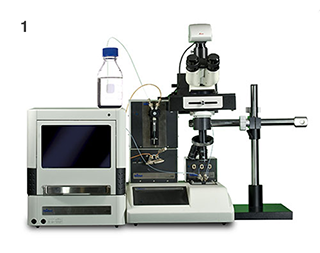
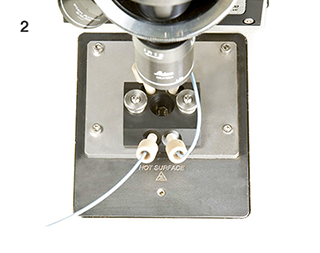
Figure 2. Quartz Window Flow Cell - Top View
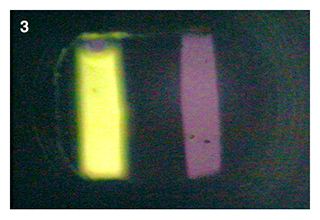
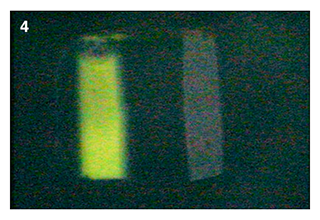
Figure 4. Left and right fluid path imaged after binding FITC labeled antibody to sensor slide surface.
